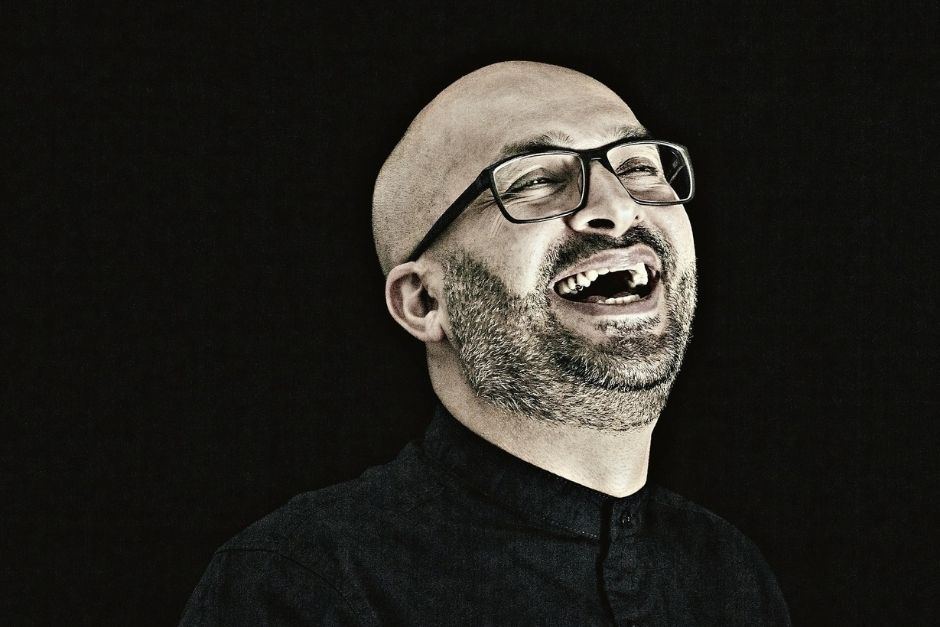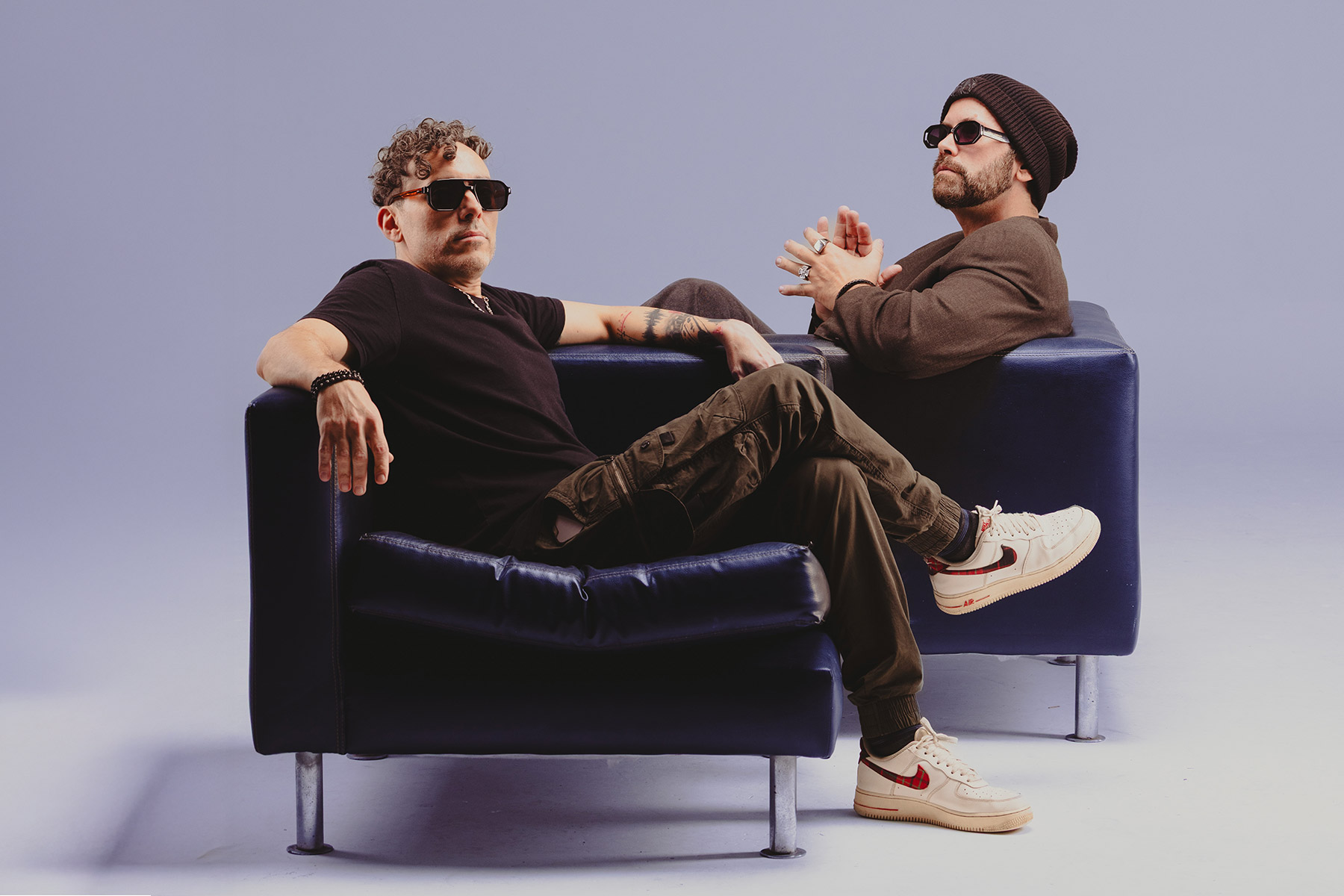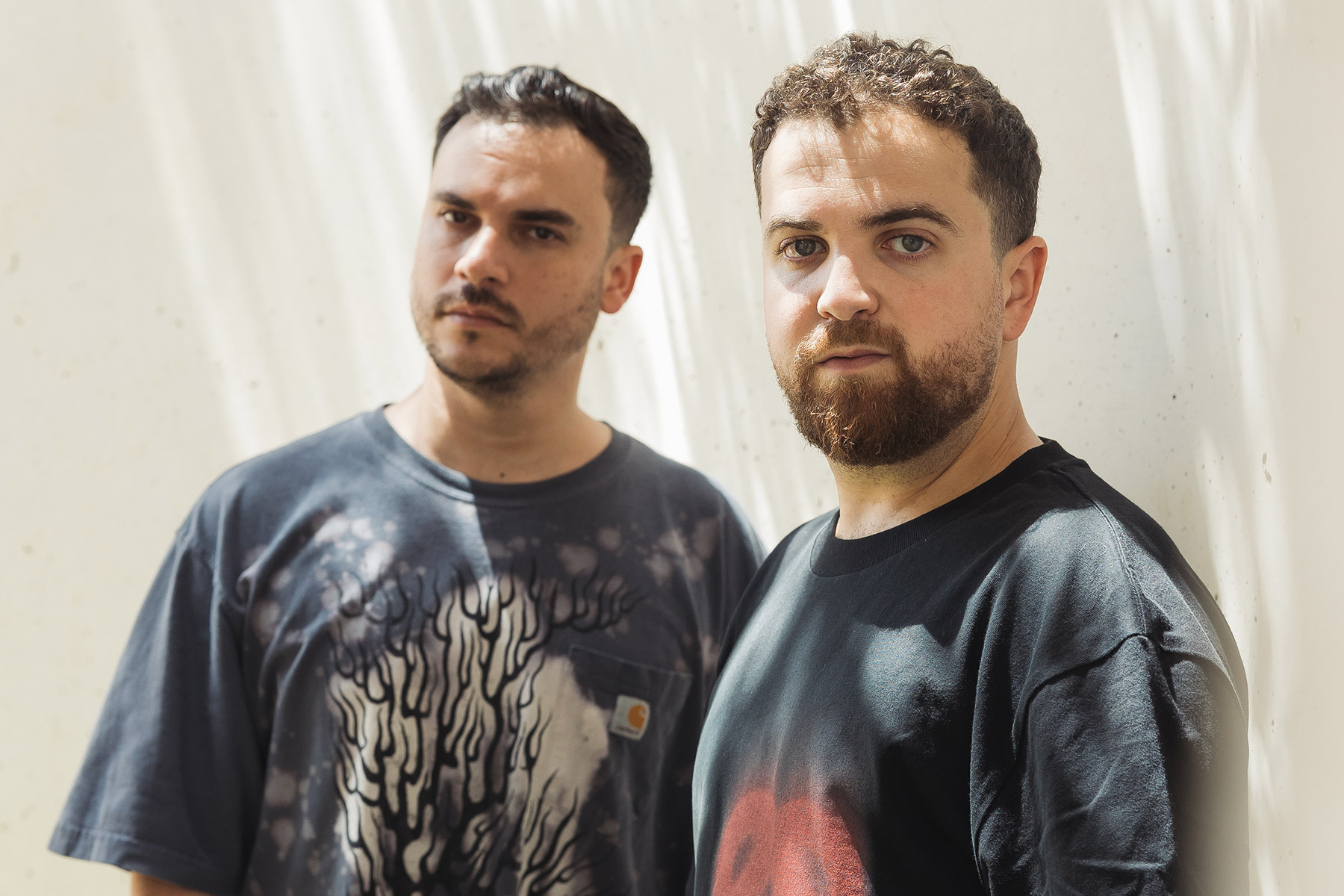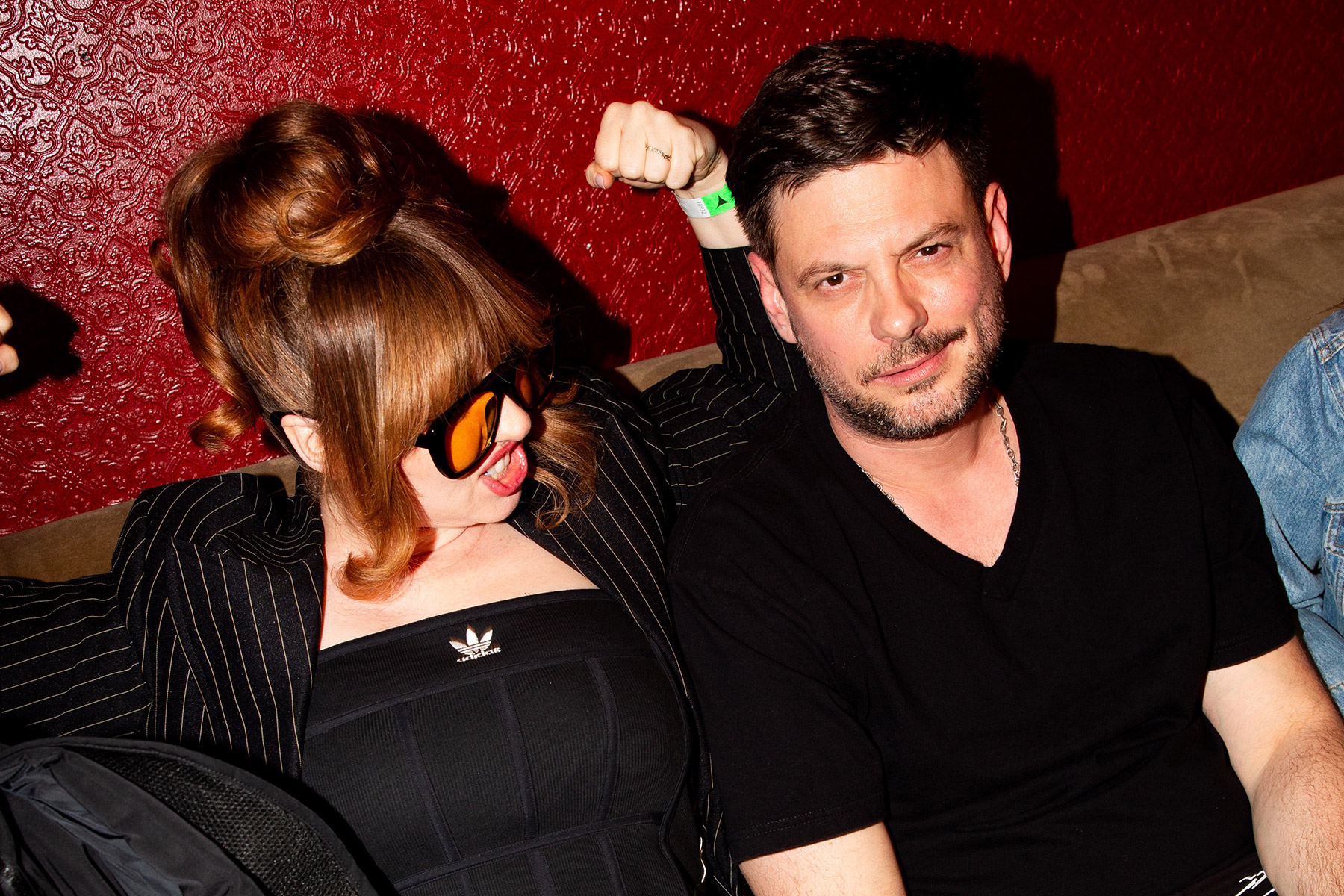Namito’s musical career spreads over three decades having released on different renowned labels such as Kling Klong, Systematic Recordings, Kompakt, Yoshitoshi, Selador, and Sol Selectas only to name a few. Also including residencies in the best Berlin clubs such as Tresor, Sternradio, and international gigs in all continents.
Namito has co-produced many other artists including Marc Romboy (Innervisions, Kompakt, Bedrock), where he also shared the stage live with the Dortmund Philharmonic Orchestra and the legendary Grandmaster Flash with whom he made parts of the music for the Netflix show called ‘The Get Down’.
In 2019 Namito’s track “Stone Flower” became an international hit and was the best-selling Electronica track of the year on Beatport, the world’s leading shop and platform for electronic music.
That Namito doesn’t limit himself as an artist only to being a music producer and DJ, he displayed with the first exhibition of his paintings from August till the end of November 2018 in Berlin at the gallery of the famous nhow Hotel.
We caught up with Namito to talk about his new remix of ‘Exhale’, by The Oddness ft. Anita Musca, via Beat & Path.
EG: Hi Namito, thank you so much for joining us today. To begin the interview, how have you handled the lockdown? What’s the situation like in Berlin?
Namito: Hello all. It’s been a crazy year. On the other hand, I have seen revolution and war, this is for me is just another disaster that we have to overcome, and we will. It will go away, eventually. Still, the first lockdown was a very new experience in my adult life and I felt a lot of uncertainty. We are kind of spoiled and safe here in the Western world. Right at the beginning, I decided I needed a goal in order to not lose my mind, so I made a plan: I promised myself I would produce one ambient track every day, no excuses allowed. Some sort of an acoustic diary. It was retrospectively a brilliant plan that served pretty well for my mental well being. At the moment, I am in the planning phase of the release of all of those 30 something tracks. I love how they contain the mood of that day, some being pretty dark.
Regarding Berlin, it is kind of weird to see this vibrant city become so silent. I can’t even describe the feeling. But my positive mindset tells me that once the pandemic is over, the city will bounce back to its world-famous spark.
EG: How did it all begin for you? Did you already have an interest in DJing back in your native city Tehran? Do you feel like your upbringing trickles down into your music?
Namito: I left Iran when I was 13 and music was not of any importance in my life then, nor did my upbringing have anything to do with music. In fact, I was super unmusical. After arriving in Berlin, that changed, dramatically. I bought my first vinyl at 14 and started recording my favorite tracks on tape from the radio, trying to get much in as possible without the annoying voice-overs of the radio moderators. When I was 17 I moved to an Osho commune and they had a disco called ‘Far Out’, where they always played the same tracks in the same order. I basically started djing because they were doing such a bad job and I was convinced there is more music out there that deserves to be played.
EG: We know you also have a passion for painting. How did that come about? Do you see it as an artistic extension of what goes on with your music, o do they feel like two different worlds?
Namito: So, it is not that I woke up one day and could paint. I went to a private painting lesson six hours a week for four years as a teen and it didn’t matter if it was new years eve or my birthday, I had to go. I went there up to the last day before leaving Iran but when I arrived in Berlin I had other priorities: I had to learn German and adapt to the new world – all of that without my parents. Later then music became the main focus of my life and it took around 25 years to go back to painting. I was showing my friend Saideh art galleries in Berlin and told her, I can do it also. She just said “shut up and paint” – so I did. And it was as if I never stopped painting. I consider myself rather a holistic artist than just a musician or DJ. If you look at my last albums, I made all the music, painted the cover, wrote a story for each track, and even animated them all myself. So yes, I combine different creative worlds to build my own vision of art.
EG: Talking about art…you’ve got a new remix on Beat & Path. The original take by The Oddness and Anita Musca is quite breathtaking. Could you take us through your version? What elements inspired your take?
Namito: When Uone sent me the track and I listened to it, Anita’s voice was so captivating that I knew I want to do the remix. I really liked the original, but I wanted to have a more clubby version with a nice break to give her voice the space it deserves. I really love the remix myself, I hope it is not considered bragging 🙂
“One thing that I learned in the past 25 years in the music circus is that you can never really forecast anything”
EG: Have creative dynamics changed with the pandemic? I mean, with one not being able to ‘road-test’ tracks…does that change the approach/outcome?
Namito: Oh yeah, I really miss the road test part, to be honest. Nothing can replace that but thank god I have 31 years of experience and I am pretty sure I can still nail the arrangement if I take my time. And hey, if there is something I have now it is time, right?
EG: Now, going back a bit…Did you envision the success of ‘Stone Flower’ prior to its release? Is there a story behind it?
Namito: You know, one thing that I learned in the past 25 years in the music circus is that you can never really forecast anything. But with ‘Stone Flower’ it was pretty clear that it would skyrocket. Sabo played it at Burning Man back in 2018 and someone posted a short video on socials. Believe it or not, after that, every single day I would have several people asking for the track. After the release, it spent over one and a half years in the Beatport chart and did very well on Spotify.
The story behind it is a very sad one. The vocals are by my sisters. I heard them sing this old Iranian song called ‘Gole Sangam’ the first time at the funeral of my brother in law. I recorded the vocals with my iPhone and I am convinced that the feeling in their voice is one of the reasons why this track is touching so many hearts, even if they don’t understand the language. After the recording, it took me than two years and many versions to finalize what would become ‘Stone Flower’.
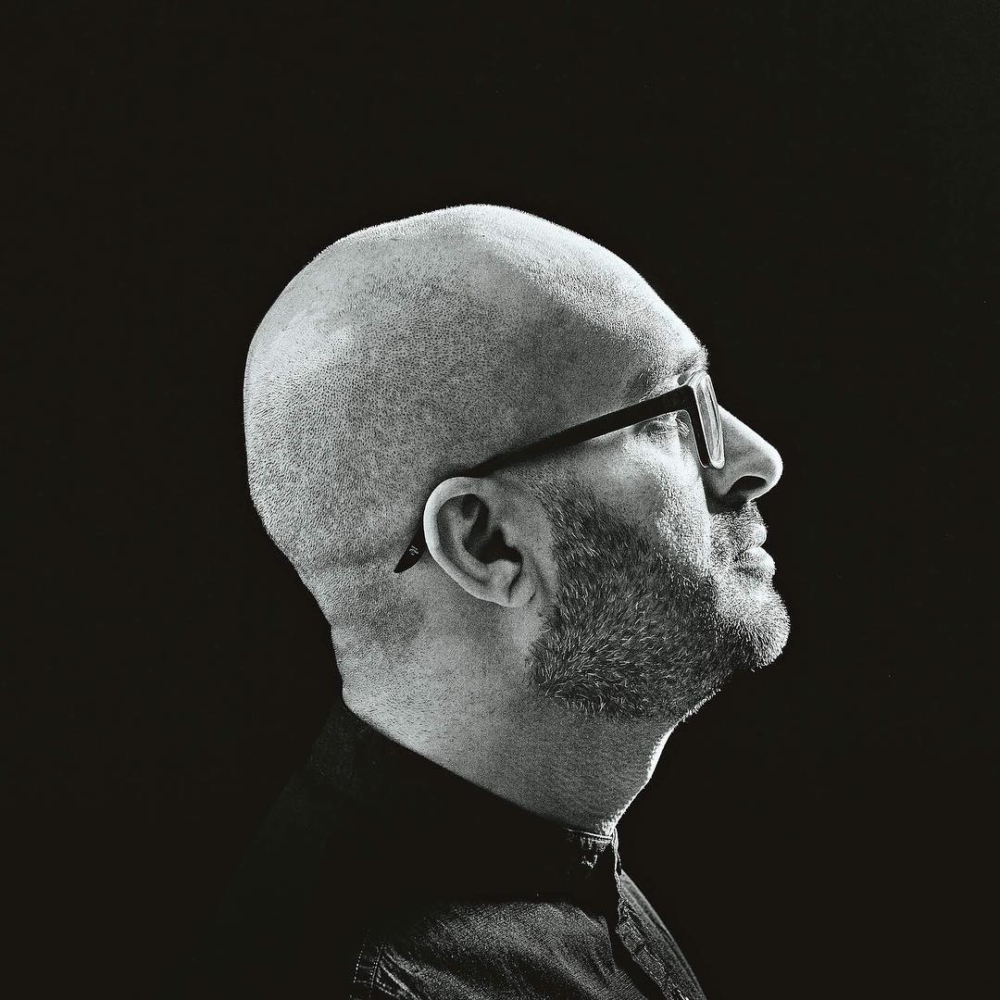
EG: Diving right into the studio…What’s yours like? Is it mostly analog gear? What would you consider as ‘essentials’?
Namito: I share a studio with my friends CYRK and Sven VT, so we have quite an amazing amount of analog gear. Personally, I also love plugins and just go with the flow. I don’t make a religion out of anything. Sometimes I use analog synths, sometimes I prefer the simple instruments inside Ableton. Or some weird Max4Live patches. What I really always use is the Slate Digital bundle. The subscription is really worth every cent.
EG: What is your creative flow usually like? Do most of your tracks tell a story? Do you know the names of your tracks before you start, or do you feel like the tracks tell you how they should be named?
Namito: Even though I prefer to have a story behind a track, again, I don’t make a religion out of it. Sometimes it’s just like lightning that hits me in the middle of the night and I channel the vibe into an idea and think about the name later. One advantage of having a name ready is that it gives you a frame and that makes it easier to finish the project. I usually start with a groove and then build things on top of that base. After all, I am a DJ.
“When Uone sent me the track and I listened to it, Anita’s voice was so captivating that I knew I want to do the remix”
EG: What advice can you give to anyone thinking about getting into or starting out with music production?
Namito: Just do it. Don’t overthink things too much. But don’t do it for money only. There are better ways to make money, do it because you love it or leave it. This way you can survive the dips that are certainly gonna come your way.
EG: What can we expect from Namito going forward?
Namito: 2021 marks 25 years of Namito productions, so I am working on a project to celebrate that. I have also signed a few EP’s to some great labels and work on something super exciting, that I can not talk about here… 🙂
EG: Thank you so much for your time, Namito! It’s been a true pleasure. Here’s to a great end of the year!
Namito: Remember the old Persian saying ‘In Niz Bogzarad’ – ‘This shall pass, too’ – To a better future, and thanks for inviting me!
The Oddness ft. Anita Musca – Exhale (Namito Remix) is out now, via Beat & Path. Stream and buy here.
Follow Namito: Website | Facebook | Instagram | Soundcloud | Spotify

